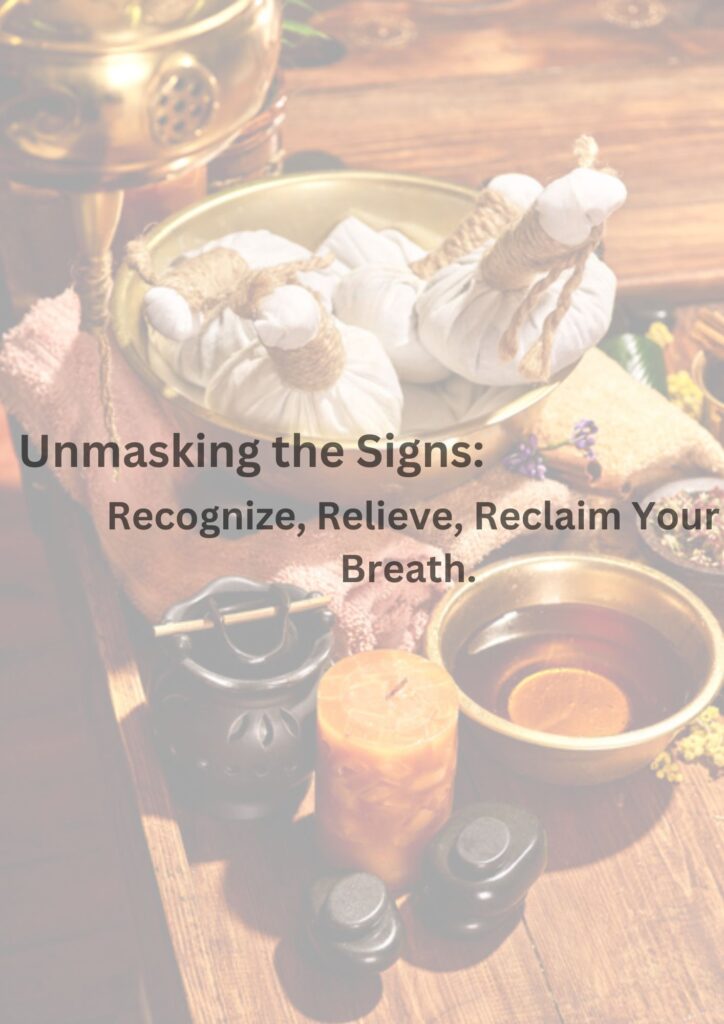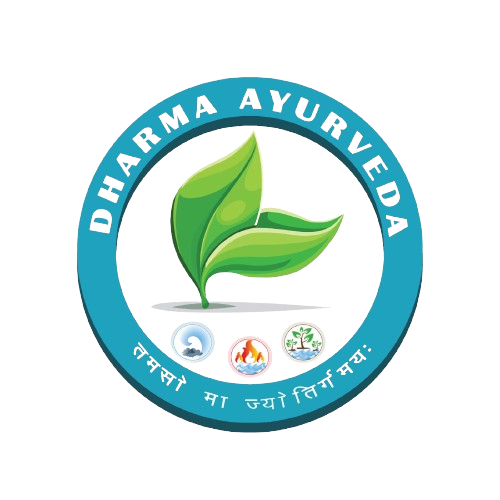Breathe Freely, Live Fully
Effective Relief from Allergic Rhinitis.

Hay fever, also known as allergic rhinitis, is when a person has an allergy response due to breathing in certain allergens like dust, pollen or animal dander. This results into the swelling of nose lining and irritation. In Ayurveda, imbalances between two vital energies that are Vata and Kapha are believed to cause allergic rhinitis. Ayurvedic treatment concentrates on addressing this doshas’ disparities to boost immunity of the body.
Symptoms
Difficulty in breathing through the nasal passages could be due to swelling inside the nose.
Increased mucus production causes water discharge from the nose.
Irritation of the nasal passages usually causes excessive sneezing.
Allergies trigger itchy nose, throat, ears, and eyes.
This involves excessive tearing, which is a reaction to eye irritation.
Mucus dripping down the back of the throat from behind the nostrils can cause a sore throat and cough.
Sinusitis (swelling of the sinuses) can cause discomfort in the face, especially around the forehead, eyes, and cheeks.
These senses’ temporary impairment occurs due to nasal congestion and inflammation.
The discomfort and sleep disturbances accompanying such symptoms make one sleepy and tired.
Headaches are often associated with constant sinus congestion.

AYURVEDIC TREATMENT FOR ALLERGIC RHINITIS
Dietary Modifications
According to Ayurvedic teachings, colds aggravate Kapha, and damp foods should be avoided. Spices like turmeric, ginger, and black pepper should be included to improve immunity and decrease inflammation.
Herbal Remedies
Herbal Remedies could be helpful in some cases as it has anti-allergic properties. Similarly, it also helps to clear the nasal passage and protect it against dust. This treatment comes with no side effects on the body.
Nasya Therapy
The process, however, clears the accumulated Kapha by administering medically prepared powders or oils into the nostrils. This relieves congestion and enhances breathing, thereby strengthening nasal tissues.
Panchakarma
Some of these techniques are vamana (emesis), which involves therapeutic vomiting, and virechana (purgation), which aids purification. Eg. toxins that cause dosha imbalances are eliminated from the body using such procedures.
Lifestyle Changes
In addition, they can do Pranayama exercises and Yogasanas daily to help them manage their symptoms by enhancing their respiratory strength, among other advantages, such as de-stressing and reducing stress levels.
Environment Management
Due to Ayurveda, the reduction of allergens occurs through minimizing exposure to allergens. One must consider keeping living areas clean and free from dust by using air purifiers and avoiding harmful triggers.
